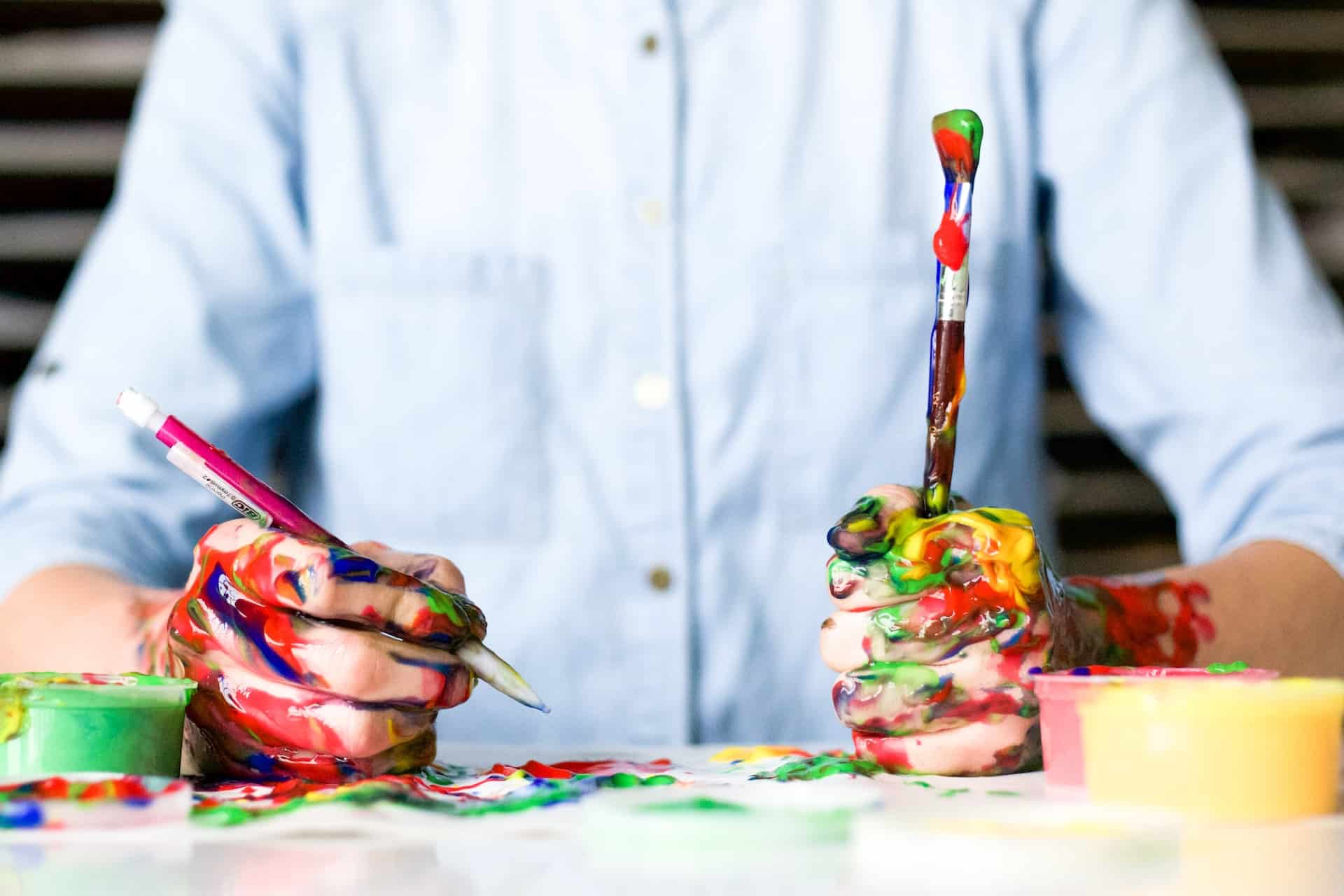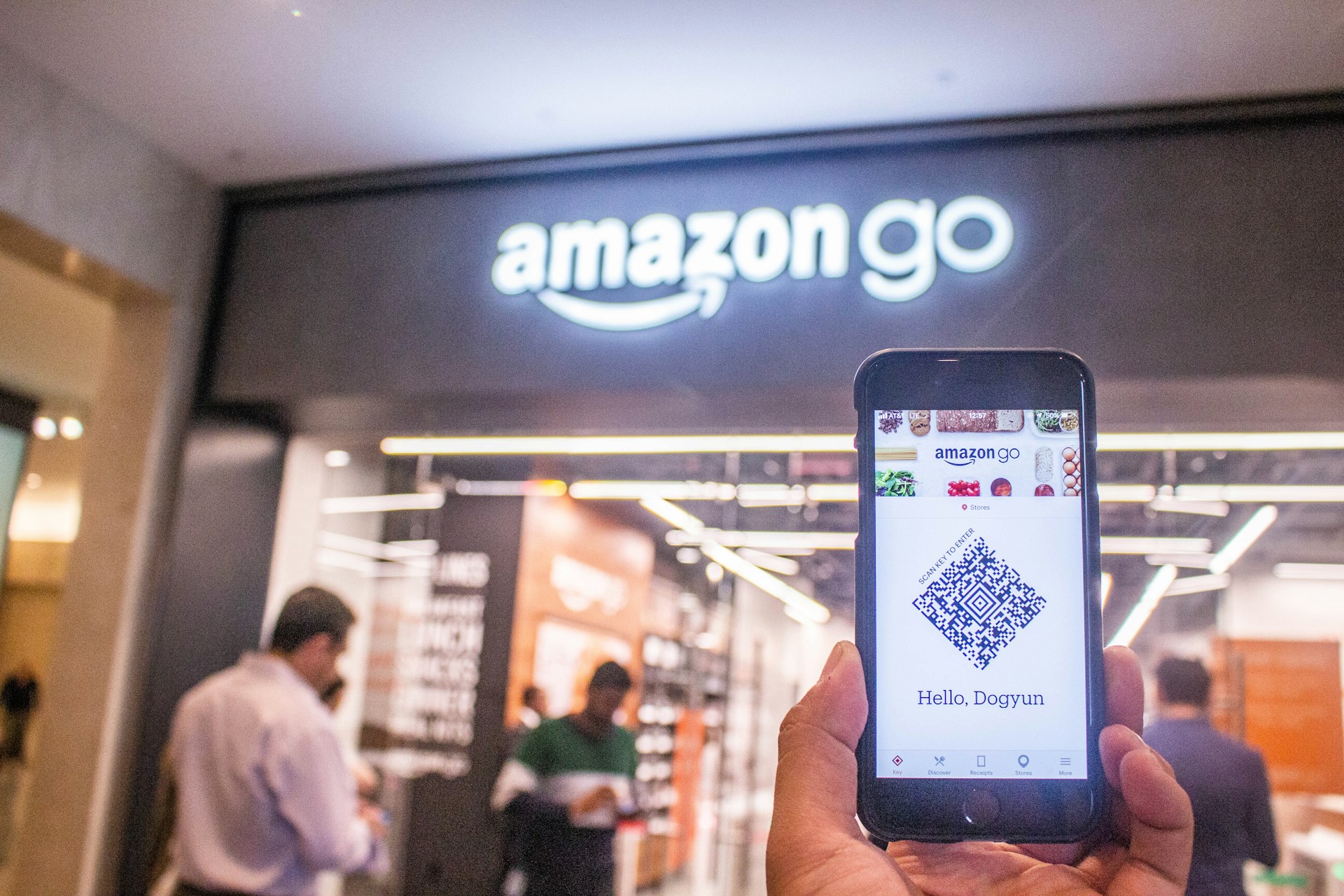
Is AI in Creative Industries Ethical?
February 12, 2023 - Lou Farrell
Revolutionized is reader-supported. When you buy through links on our site, we may earn an affiliate commission. Learn more here.
Should we use AI in creative industries or are image generating algorithms unethical? This is a complicated issue that many people are concerned about with the rise of DALL-E-2, GPT-3, and other advanced generative AI algorithms. Is it ethical to use these algorithms for creative tasks? There are some important pros and cons to consider.
Pros of AI in Creative Industries
There are plenty of situations today where AI is used to help artists and creators work more efficiently. AI itself is not malicious or intended to do harm. In fact, there are many ways that AI helps people all over the world, even in artistic fields. The pros of AI in creative industries highlight the ways AI can be used in an ethical way.
More Efficient Workflows
Some creative tasks are extremely time consuming by nature. Visual effects (VFX) are some of the most time and resource intensive creative tasks around today. These graphic effects can take so long to make that they end up delaying the release of highly-anticipated projects. For example, VFX artists working on the 2022 hit film Spider-Man: No Way Home were still finishing the effects in the film right up until it was released in theaters.
AI could help speed up the process of graphics generation in large projects like this. In fact, one independent developer is already using a generative AI model to speed up VR graphics generation. Creating VR games can be particularly time intensive. Every single asset, like a building or car, has to be generated from all angles. AI could make creating games and videos like this much more efficient by automating some of the rendering process.
Brainstorming and Idea Generation
Ai may not be able to create original content, but it can present unusual interpretations of human input. For instance, one could type in “dogs playing with cats” in an AI image generator. This could produce a result completely different from a typical image of a puppy and a kitten playing together.
The often strange results that AI churns out can be helpful for sparking inspiration in artists. These results may offer ideas that are more far-fetched than an artist would otherwise think of. All artists get inspiration from life and other creative work. So, this use of AI for idea generation is simply speeding up or diversifying the brainstorming process.
Greater Accessibility to Art
Artists pursue art professionally because they enjoy it and have built up higher-than-average skill in their discipline. Many people find it extremely difficult to draw or paint or write, though. Even those who might be good artists may not have the money or resources to buy art supplies. For these people, AI art generators can be a free and easily accessible way to express themselves.
When AI is used to create an image for a person who can’t draw, they can use that image to express themselves. As long as financial profit is not intended, using AI art for fun is harmless. It can open up the creative fun of art to people who might otherwise be left out.
Cons of AI in Creative Industries
There are definitely uses for AI in creative industries. However, there are also some serious drawbacks to consider, including copyright and the nature of art itself.
Copyright Infringement
One of the biggest issues with using AI in creative industries is the amount of copyright infringement underlying many generative AI models. Developers have to feed these models thousands of pieces of example content to teach them to create content. Unfortunately, a lot of generative AI models use training data sets that contain copyrighted material. This copyrighted content gets baked into the AI without the creator’s consent.
Evidence of copyright infringement can be found throughout the content AI creates. For example, users have spotted the “mangled remains” of real artists’ signatures in images generated by the Lensa AI algorithm. This hints that the AI was fed countless pieces of artwork that did contain signatures, but stripped away the identities of the real artists and stole their artistic style.
Similarly, users have reported signs that the Sudowrite AI platform, based on GPT-3, is using fan fiction content from the website Archive of Our Own (AO3). This hurts both amateur and professional creators. Fan fiction writers are not intending to profit off of their content, but they do have their own unique writing styles. By using fan fiction writing to train AI algorithms, the AI is stealing from both the amateur fan fiction writers and the professional who created the intellectual property the fan fictions are based on.
Infinite Recycling of Content
When considering whether or not it is ethical to use AI in creative industries, it is important to remember how generative AI works. Generative AI does not create original content. It may seem to, but AI has no imagination like a human. Art generator AI algorithms work by replicating human creations using subtle patterns, like a person’s unique writing style or the way a certain painter uses color.
The result of generative AI is simply the recycling of content that already exists in some form. By using AI instead of hiring a real artist, users are simply creating a melting pot of countless existing works of art rather than something original. If this were to happen on a large scale, all “art” would just be endless content recycling.
Lack of Meaning
Arguably the biggest ethical concern with the use of AI in creative industries is the difference between generated art and real art. When humans create real art, there is inherently some form of meaning behind it. For example, the images and colors in a painting might symbolize human experiences like loss, poverty, loneliness, love, or joy.
An AI is nothing more than code. It is incapable of understanding or sharing these experiences. So, any “art” created by an AI by nature has no meaning. The viewer or reader may assign meaning to it, but it was created with no underlying meaning because an AI has no concept of meaning, morals, values, empathy, or what it is to be human.
This highlights the core reason why AI can’t truly replace real artists, regardless of the apparent quality of an algorithm’s generated content. Art is the creative human expression of feelings and experiences. Any content created by an AI lacks this crucial human element, rendering it meaningless.
Should We Use AI in Creative Industries?
Considering all of these pros and cons, should AI be used in creative industries? The answer is that AI is only ethical when it augments the skills of real artists, rather than attempting to replace them, particularly when it comes to replicating the work of a person.
There is a big difference between a graphic designer using AI to speed up their VFX process and an AI creating a “novel” out of content swiped from a fan fiction website. In one case, the identity and role of the artist are preserved. In the second case, the identity of the artist is stripped away and may even be replaced with someone else’s name. This is where inspiration turns into plagiarism.
Inspiration and appropriation are extremely common in art. For example, when an artist says they were “inspired by” another artist or references another artist’s work, that is an accepted and even respected practice. The original creator is given credit for the role they played in someone else’s original work. Plagiarism occurs when someone claims they created something that they did not. The original creator is given no credit for their role in creating the painting, book, video, or other content.
While it may be fun to use AI to generate quirky images, it is important to think critically about where those images come from. Since AI itself can never truly be an artist since it has no imagination, somewhere down the line a human’s creations are being used to create AI-generated content. Are these artists getting credit?
Using AI Responsibly
Is it ethical to use AI in creative industries? There are situations where it is harmless and even helpful to use AI for creative tasks. These uses never remove the artist from the art creation process and instead focus on aiding and augmenting the artist’s skills.
Responsibly using AI in creative fields requires everyone to think carefully about what makes art valuable, meaningful, and enjoyable. When AI steals the work of real artists without giving them credit or asking for consent, it is generating plagiarism, not art.
Revolutionized is reader-supported. When you buy through links on our site, we may earn an affiliate commission. Learn more here.
Author
Lou Farrell
Lou Farrell, Senior Editor, is a science and technology writer at Revolutionized, specializing in technological advancements and the impacts on the environment from new developments in the industry. He loves almost nothing more than writing, and enthusiastically tackles each new challenge in this ever-changing world. If not writing, he enjoys unwinding with some casual gaming, or a good sci-fi or fantasy novel.







